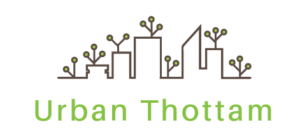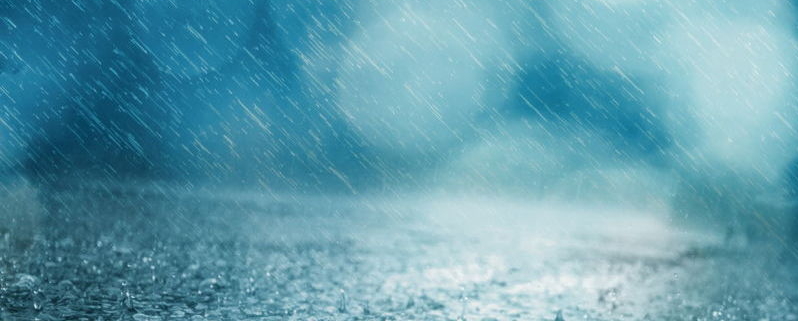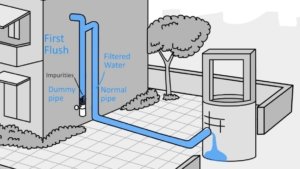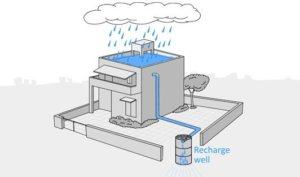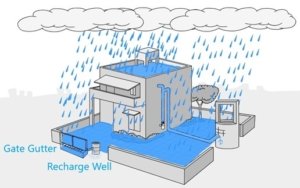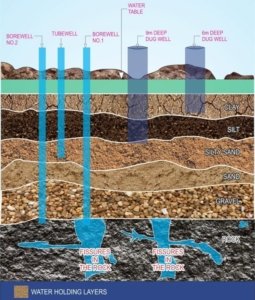Rain Water Harvesting
Rain is the predominant source of all fresh water on this planet. Collecting and storing rainwater for use during non-monsoon months is known as Rainwater Harvesting (RWH).
RWH is neither a new technology nor an alternative, but the only way to sustain our water resources. There are two aspects of RWH, namely, Collection for immediate use and Groundwater recharge. Both are very necessary in urban areas. RWH increases ground water levels, improves its quality and makes us less dependent on Municipal water supply.
Average Rainy Days per year in Chennai
days
Average Rainfall received per year
metres / year
Area of Chennai city
sqkm
Chennai Rain Water Harvesting Potential =
Area of Chennai x Average Rainfall x Runoff Coefficient*
litres / year
Rain Water Harvesting Potential of a bare 1000 sqft rooftop, with a runoff coefficient* of 0.8 =
litres / year
That’s the equivalent of 12 water tankers!
*The Runoff Coefficient ranges from 0 to 1 and is a measure of how much rainfall runs off vs. how much rainfall an area receives. For instance, a cemented / tiled roof or a concrete pavement has a Runoff Coefficient of 0.95 because almost all the rainfall on such surfaces runs off. Compare this to a pond, which is 0, because no water runs off. A roof garden which is 5 cm thick has a Coefficient of only 0.1 as the soil and plants in a roof garden can absorb almost all rainfall!
COLLECTION FOR IMMEDIATE USE
Rooftop rainwater can be collected in an open well or sump through a first flush pipe arrangement as illustrated in Figure 1.
Figure 1. First Flush Pipe for Rooftop RWH
GROUNDWATER RECHARGE
(A) Recharge Wells
Rainwater can be injected into the ground through properly designed Recharge Wells. These are constructed using cement rings readily available in the market. The diameter of these rings ranges from 2.5 – 6 ft. The depth to which these wells are dug depends on the nature of the soil, usually 15 ft in depth. See Figure 2.
Figure 2. Recharge Well
(B) Driveway rainwater harvesting
Driveway rainwater harvesting is done to collect the rain that falls in the building setback area and runs off to the street. It can be intercepted near the gate by a gutter and injected into a recharge well. See Figure 3.
Figure 3. Gate gutter & recharge well
RWH TIPS
GROUNDWATER MANAGEMENT
There are two types of aquifers, one at the surface level and one at a very deep level near rocky terrain. Dug/Open wells (up to 30 ft) tap water from shallow aquifers, whereas Bore wells (60- 300 ft) tap water from deep aquifers. Through RWH only surface aquifers can be sustained. Hence more Dug/Open wells are needed rather than Bore Wells. Water should be extracted from the shallow aquifer during the rainy season. After it gets depleted, water can be tapped from the deep aquifer. RWH improves the quality and quantity of groundwater.
Figure 4. Ground water aquifer recharge
